Key Features to Look for in Telemedicine Software
When it comes to routine checkups or working with patients who have trouble getting to their appointments either through lack of transportation options or mobility issues, telemedicine software is a perfect solution. It’s also become a crucial element of minimizing the spread of contagion and protecting your patients from exposure to viruses.
According to a survey we ran, we know when patients choose a new health provider, they’re more likely to go with a practice that offers telemedicine options over one that doesn’t.
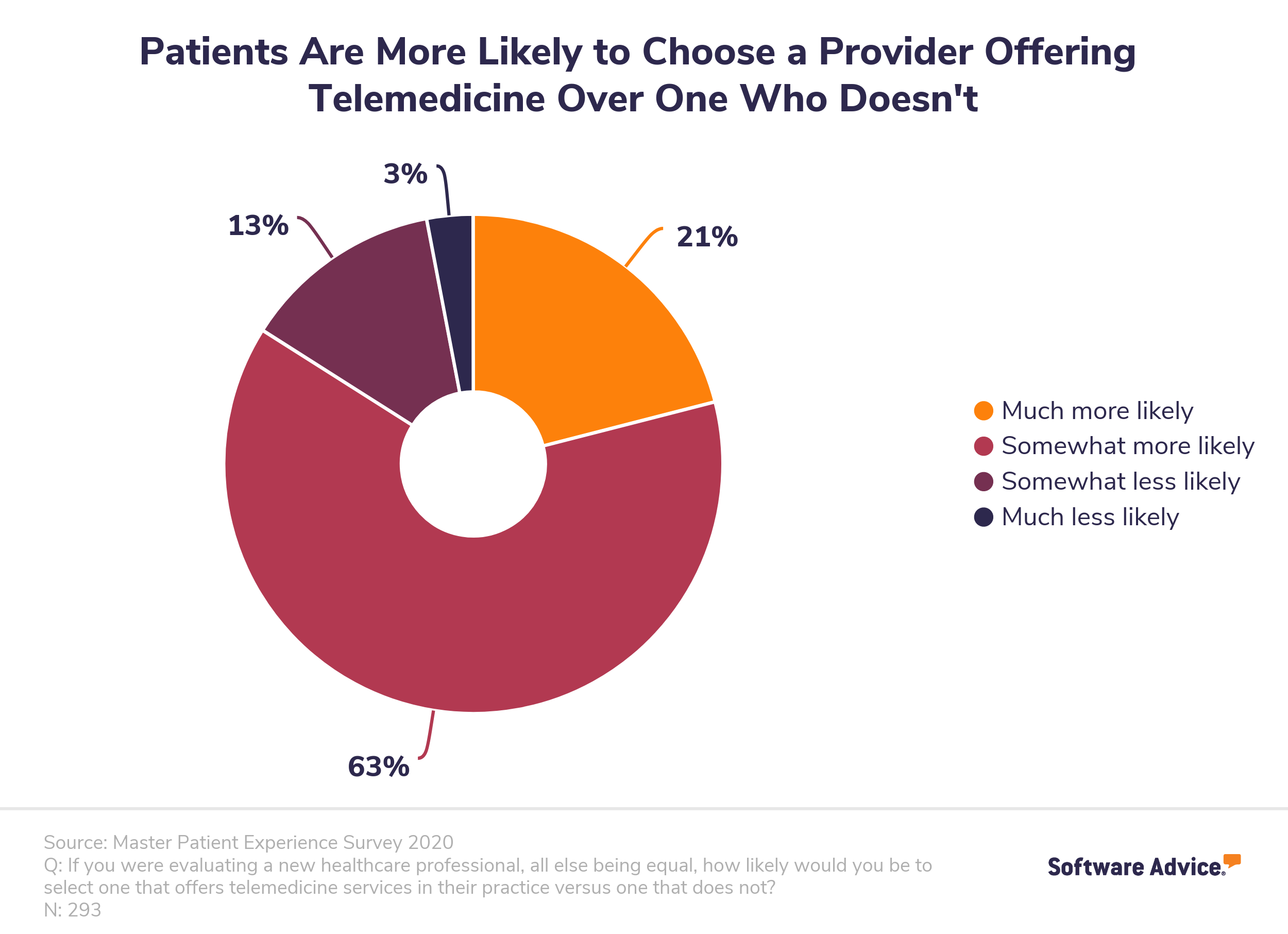
So if you’re new to telemedicine and are looking for a place to start your search, you’re in luck.
Here are three key features of telemedicine software:
Remote enablement helps you meet patients where they’re most comfortable
The ability to remotely connect with your patients is perhaps the most appealing part of telemedicine software because it helps your patients remain comfortable in their own homes. This is especially appealing for elderly patients or patients with mobility issues who might have trouble getting to your office on a regular basis.
With remote enablement, you’re better able to serve your patients and ensure they get the care they deserve.
Video conferencing
This enables two-way, face-to-face interactions on a computer or mobile device with high quality video and audio. Doctors and patients can communicate remotely in real time over a secured wired or wireless internet connection.
Some solutions also allow screen sharing and multiway video so third parties (such as caregivers or translators) can also participate in a virtual consultation.

Secure Telehealth’s secure video conferencing interface
Instant chat messaging
This particular feature allows doctors to exchange text-based messages with patients in real time before, during, or after an appointment. These messages are secure and HIPAA compliant to ensure your practice is following all regulations.
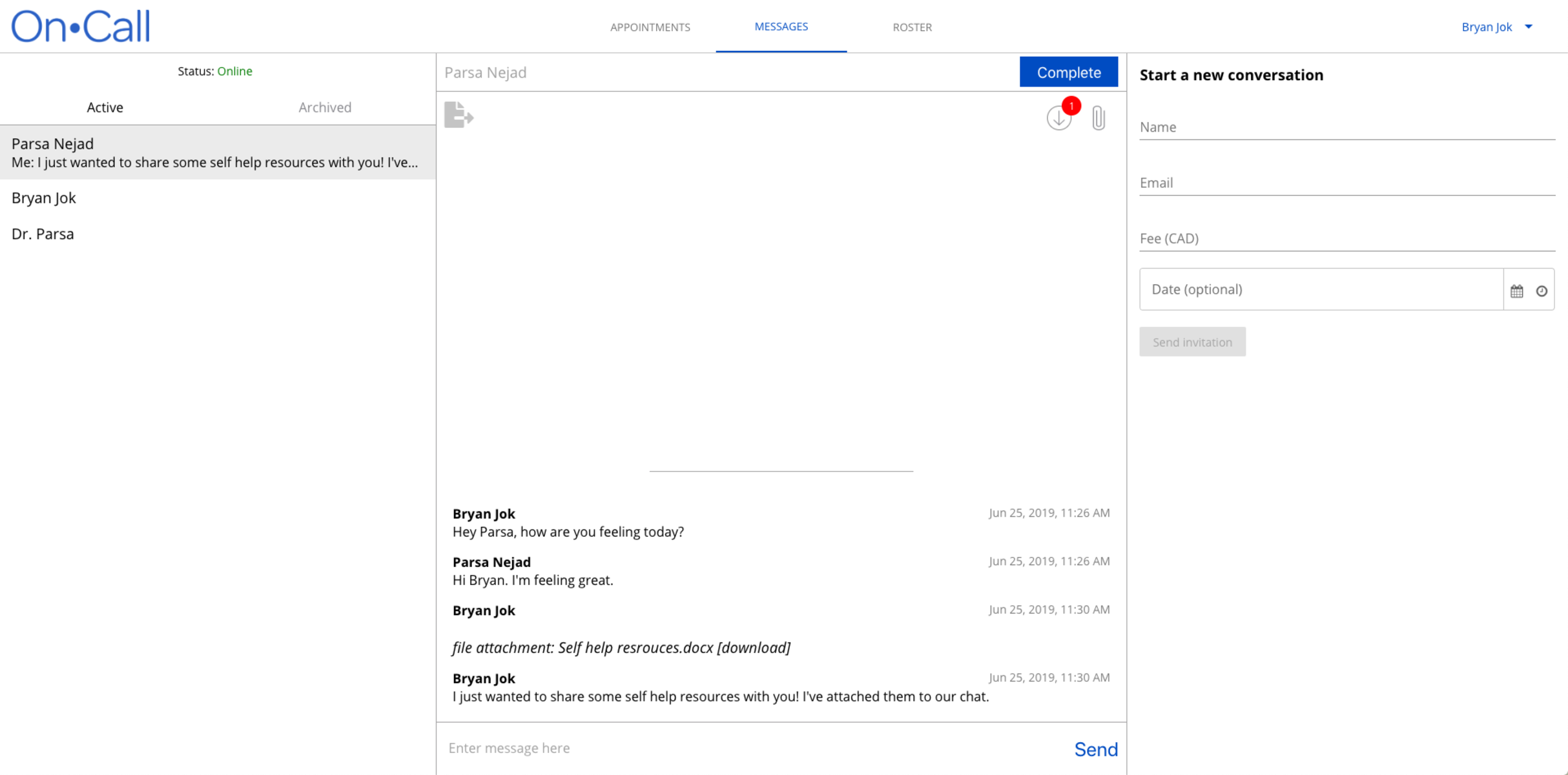
An example of OnCall Health’s instant chat messaging services
E-prescribing
This one’s pretty straight forward—You can create and send prescriptions to a patient’s pharmacy of choice for routine checkups or prescription refills.
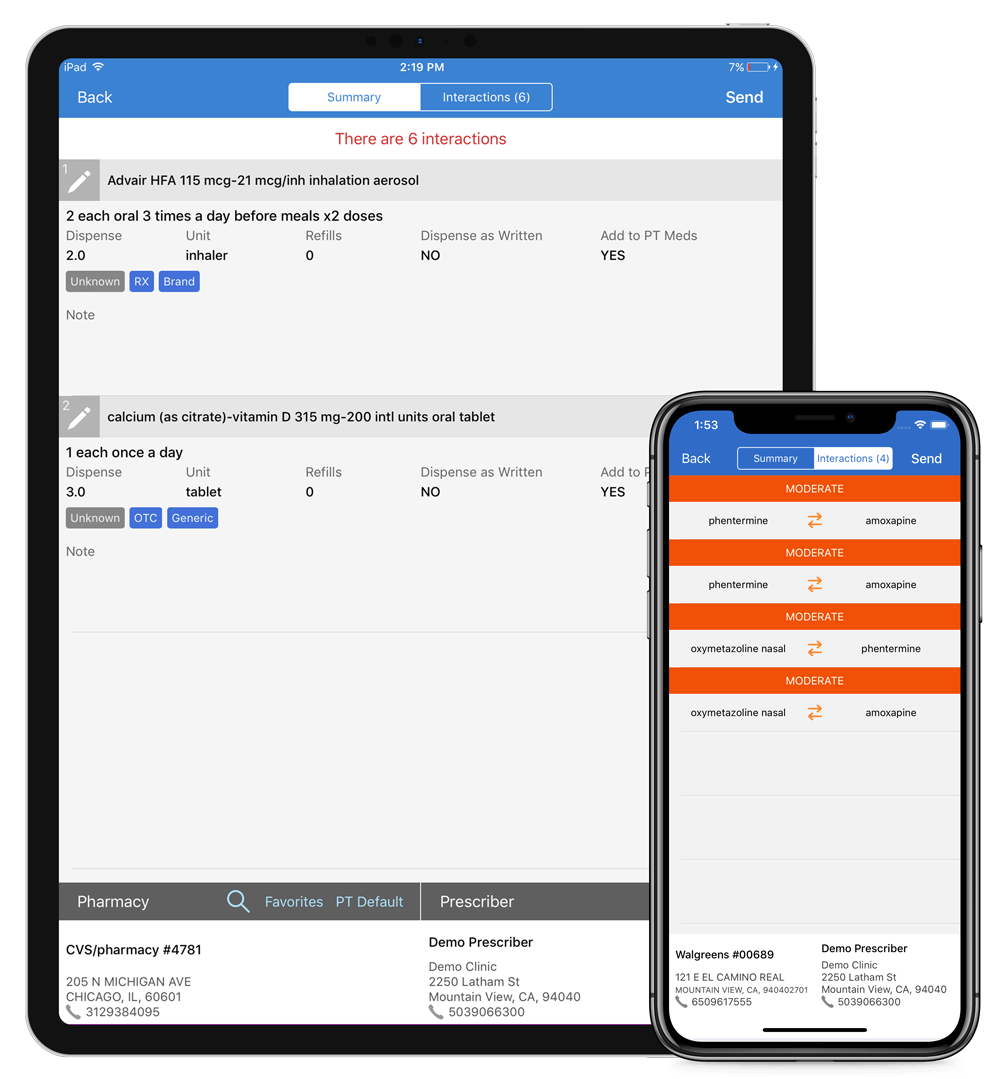
DrChrono’s e-prescribing dashboard
Ensure your practice is HIPAA compliant with security features
There are plenty of standalone video conferencing tools with free versions that you can deploy quickly, but very few of them are uniquely qualified for medical use.
As with any medical software, you must ensure HIPAA compliance when using telemedicine in order to avoid violating your patients’ privacy and incurring heavy fines. Fortunately, many telemedicine software providers are HIPAA certified, so you will simply need to double check with vendors that you are researching.
If the systems are HIPAA compliant, you’re free to go on assessing other software features; if it isn’t, you should stop considering that particular system and move on to researching other telemedicine options.
Clinical documentation
Telemedicine software often comes equipped with ways to easily document important clinical information such as clinical tests, trials, or medical treatments. During medical exams, fill out important information about patient symptoms in order to come up with the best plan for your patient.
Ensure patient data security and data cleanliness by using the secure clinical documentation features instead of using pen and paper or a separate document. That way, you won’t have to worry about data breaches or run the risk of errors when going back later.
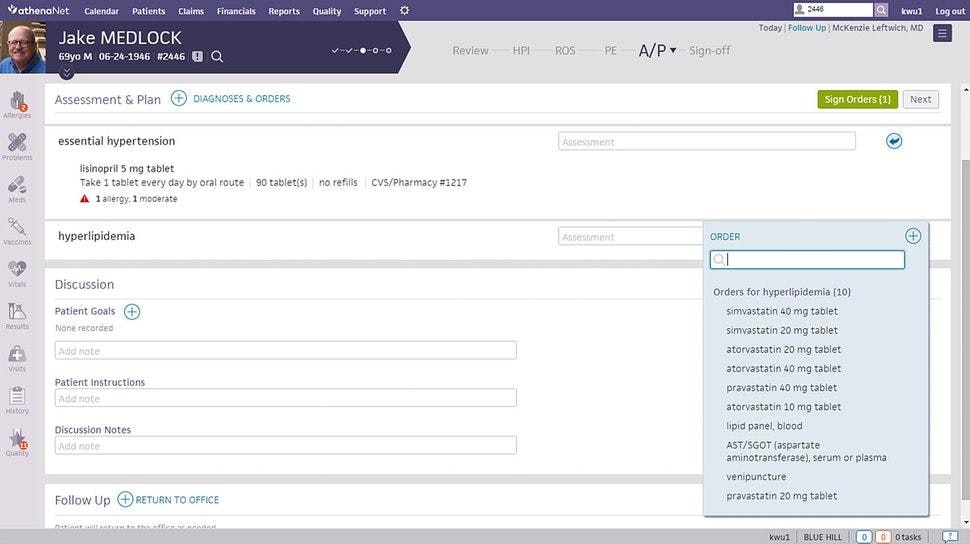
athenahealth’s clinical documentation process
Encryption and security protocols
Data security features, such as encryption, make it possible to keep sensitive patient data safe and private for all your online consultations. Telemedicine software must remain HIPAA compliant in order to follow government regulations.
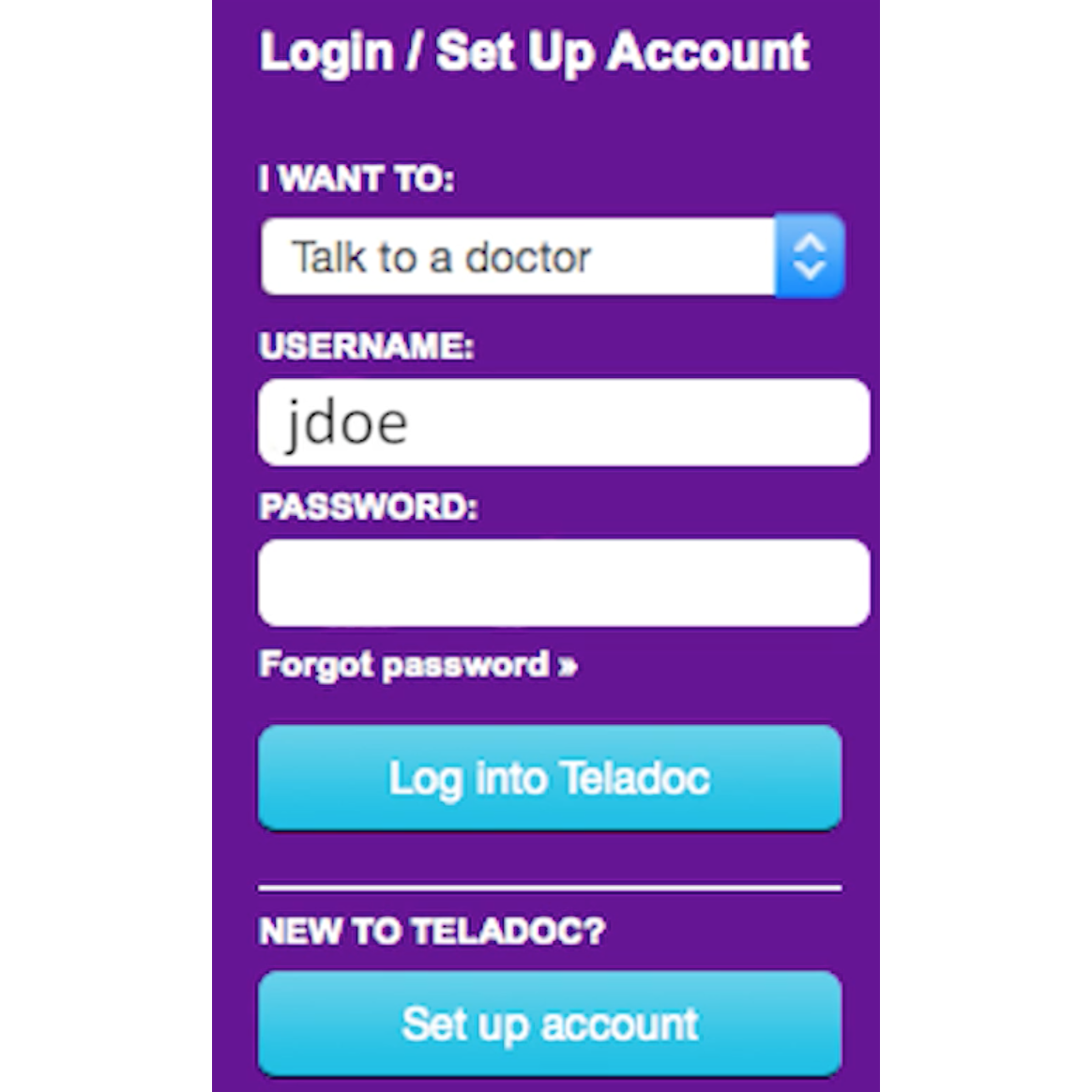
Teladoc Software’s secure login screen for patients
Improve the patient experience with these features
Telemedicine helps you accomplish one of the most important aspects of running a medical practice—making sure you’re serving your patients’ needs. Telehealth options provide you with the ability to meet your patients where they’re most comfortable and increases positive patient experiences.
Virtual waiting room
Many telemedicine systems have customizable sites that allow patients to wait for a digital appointment to begin. Patients can see where they are in line and an estimate of how much time is left before their video starts. They can also view any educational materials such as videos or pictures you might want them to look through while they wait.
On the providers’ end, patients will appear in queues according to when they arrive in the waiting room.
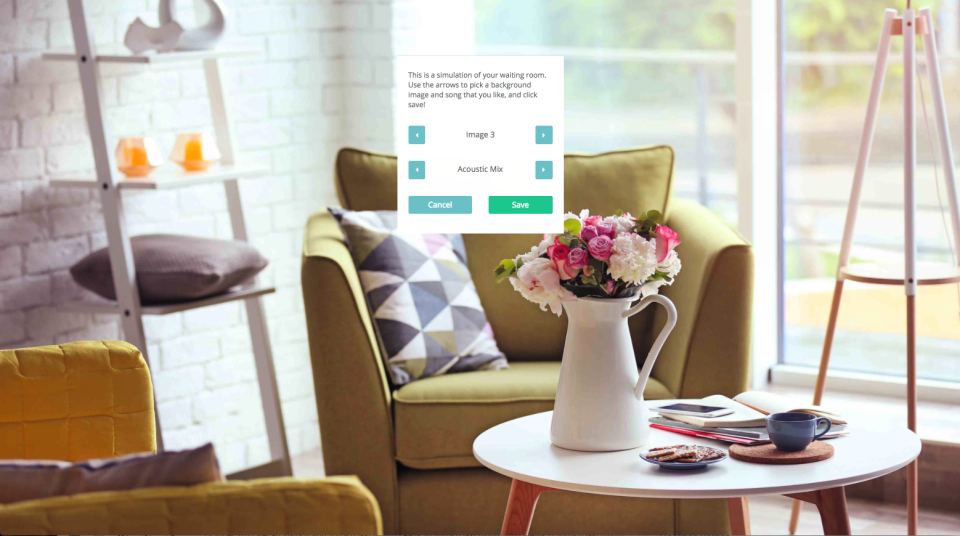
Client-side screenshot of thera-LINK’s virtual waiting room
Scheduling
Patients can schedule telemedical appointments themselves by logging onto the system and selecting an available time slot from a calendar provided by your staff. Most of these systems come with automated text or email appointment reminders to help reduce the amount of missed appointments.

OnCall Health’s patient scheduling dashboard
Integrations with other medical software
Making sure your telemedicine solution integrates with your other medical software is crucial in ensuring your sanity as well as saving you money in the long run. Picking telemedicine software that doesn’t fully integrate with your billing or EHR systems could result in having to suffer through many needless and tedious processes and workarounds for the length of a contract.
When it comes to integrations, pay close attention to these two types of software integrations:
Electronic health records: You’ll definitely want to avoid taking notes twice because you and your staff are busy enough without worrying about double entries. When searching for your telemedicine solution, be on the lookout for systems that will automatically send your clinical documentation notes to your primary EHR.
Billing: Ensuring that your telemedicine and billing solutions integrate is crucial if your practice relies on Medicare reimbursement. You want to make sure your telehealth appointments are coded correctly and are submitted to claims quickly.
Now that you’re equipped with what makes up telemedicine software, you might be ready to narrow down your list of telemedicine software options in order to choose the best one for your practice.
Luckily for you, we’ve got a great primer about How to Get Started With Telemedicine. It includes a handy checklist to get you started in your search. If you’d prefer a more hands-on approach, schedule a free 15-minute consultation with our team of expert medical software advisors who can help you narrow down your search and offer recommendations based on your specific practice.
Methodology and disclaimer
To find the data in this report, we surveyed over 1,000 patients in the United States. We used screening questions to narrow the number of respondents down to 990 with relevant histories and experiences. We worded the questions to ensure that each respondent fully understood their meaning and the topic at hand.
Note: The information contained in this article has been obtained from sources believed to be reliable at the time of publication. The applications selected are examples to show a feature in context and are not intended as endorsements or recommendations.